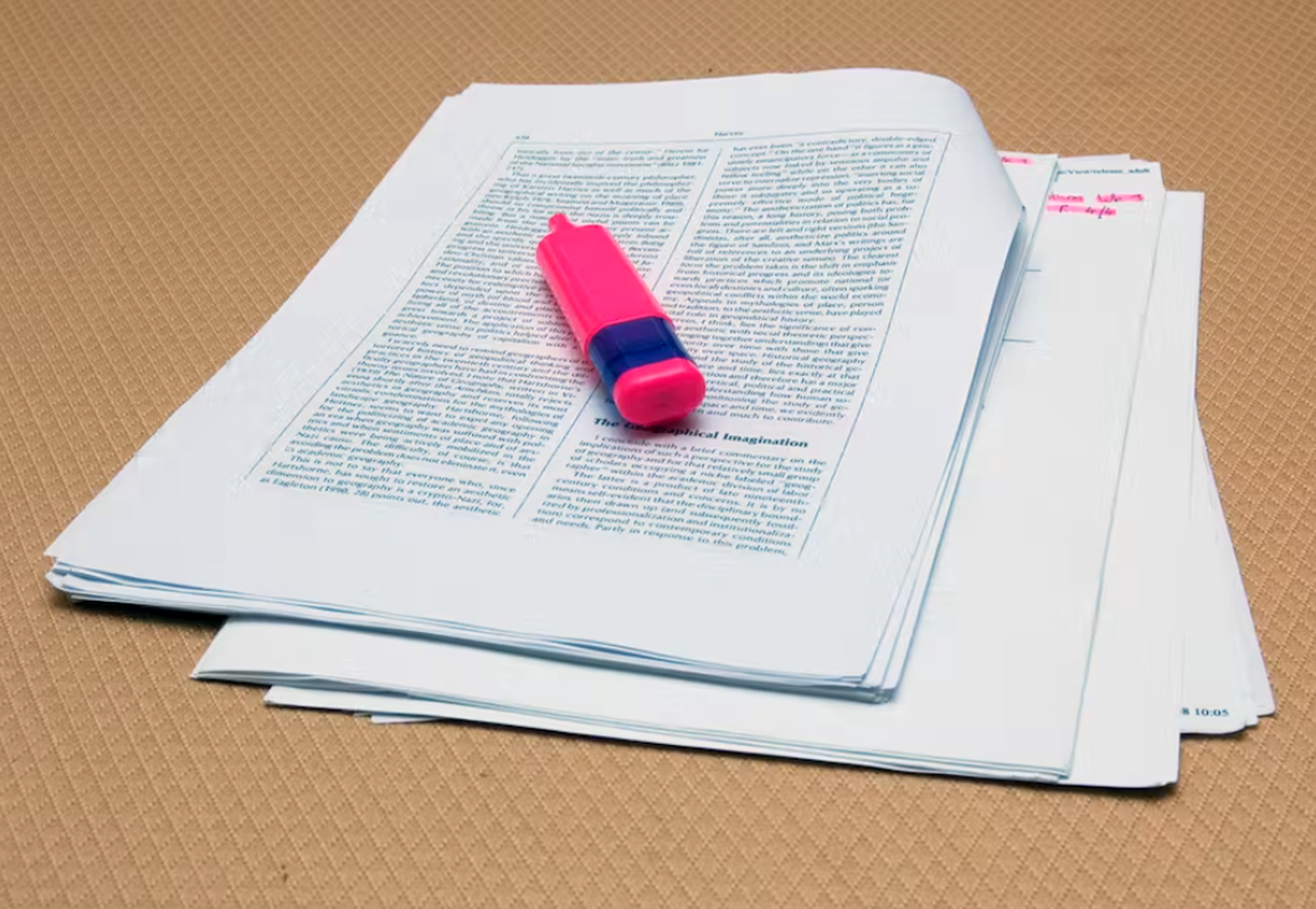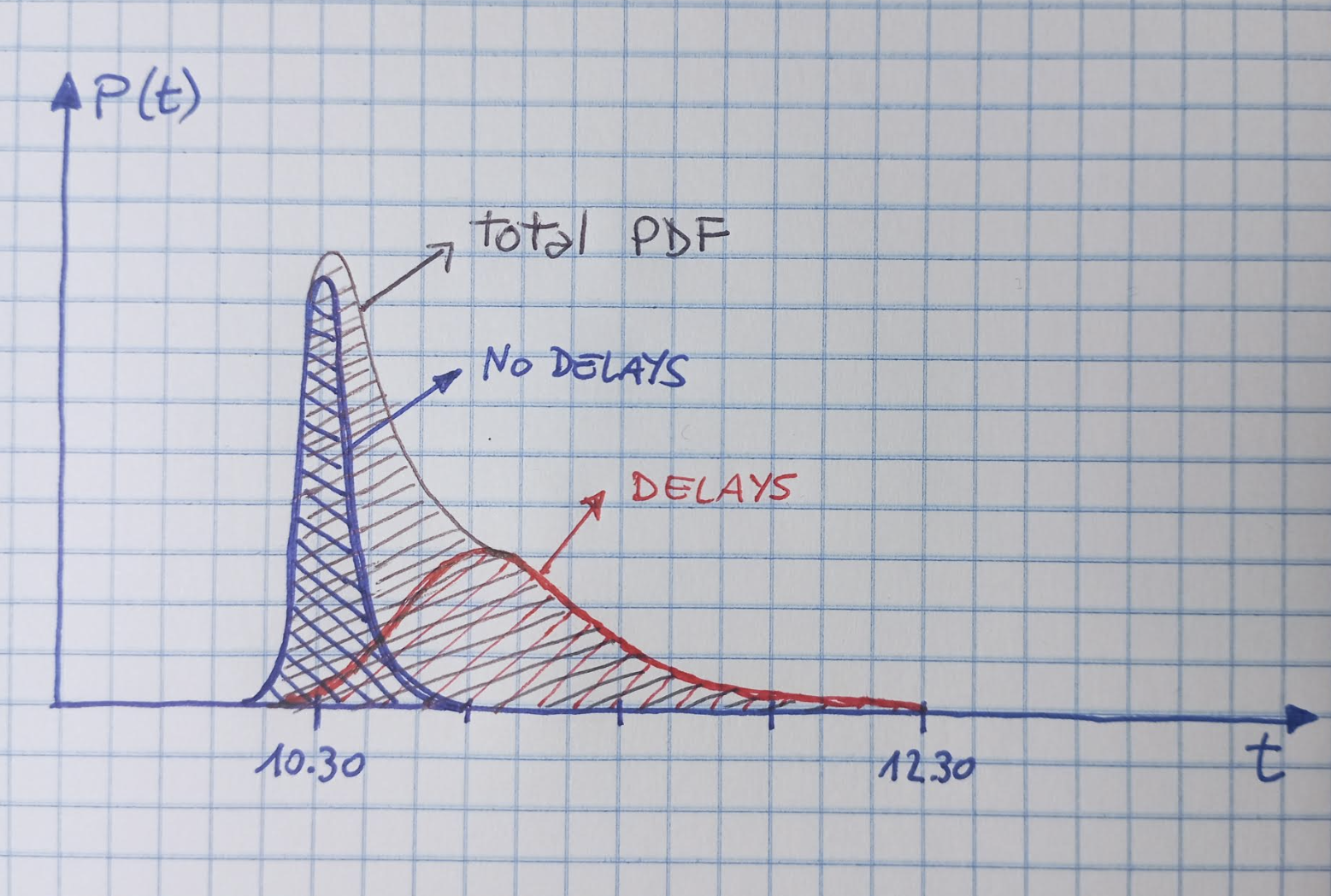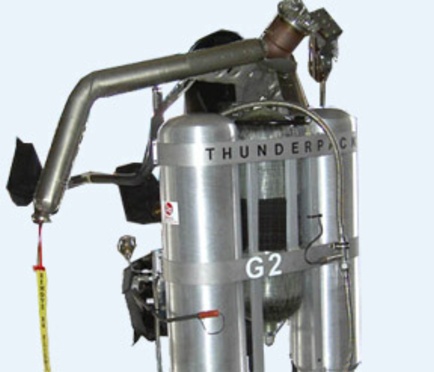 The Problem With Peer Review
The Problem With Peer ReviewIn a world where misinformation, voluntary or accidental, reigns supreme; in a world where lies...
 Interna
InternaIn the past few years my activities on this site - but I would say more in general, as the same...
 The Probability Density Function: A Known Unknown
The Probability Density Function: A Known UnknownPerhaps the most important thing to get right from the start, in most statistical problems, is...
 Summer Lectures In AI
Summer Lectures In AI Winter is not over yet, but I am already busy fixing the details of some conferences, schools,...







 In order to be able to perform unescorted access to areas where ionizing radiations are present, and to work with and use radioactive materials, workers at Fermilab have to pass a specific training which enables them to recognize the dangers and work safely, minimizing the radiation dose they get by performing their activities, and reducing the spread of contamination to the environment.
In order to be able to perform unescorted access to areas where ionizing radiations are present, and to work with and use radioactive materials, workers at Fermilab have to pass a specific training which enables them to recognize the dangers and work safely, minimizing the radiation dose they get by performing their activities, and reducing the spread of contamination to the environment.
